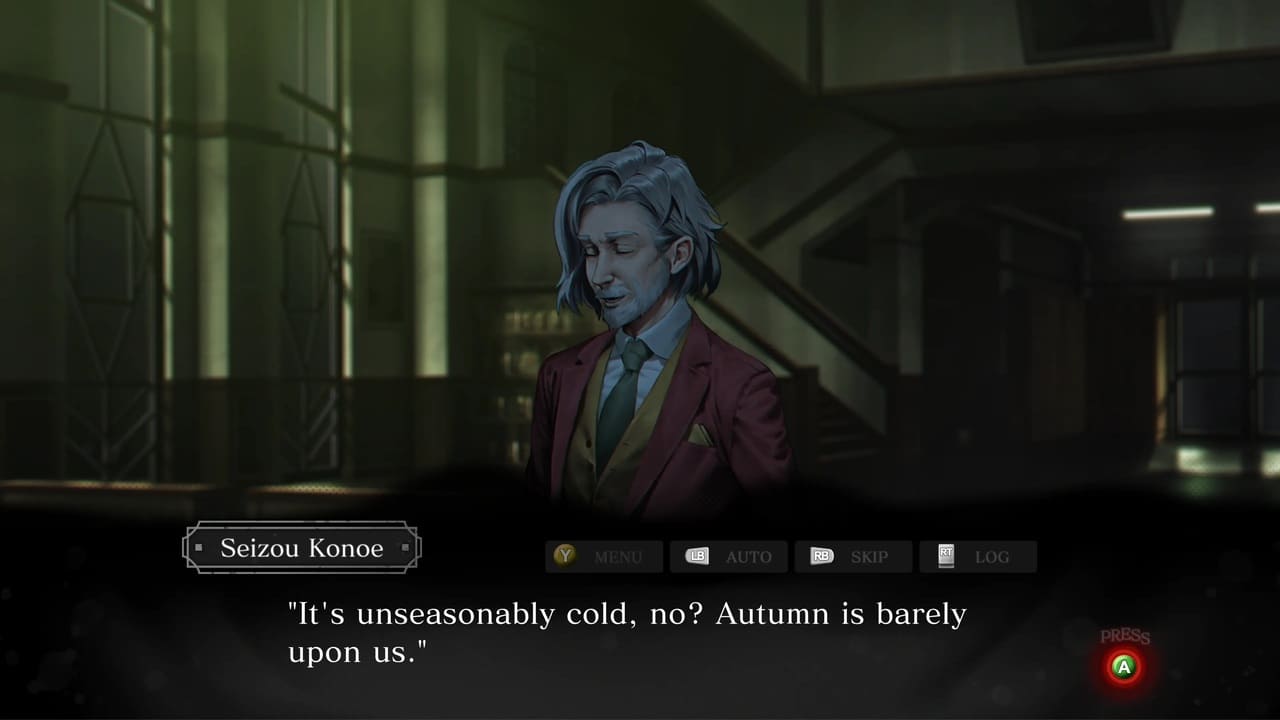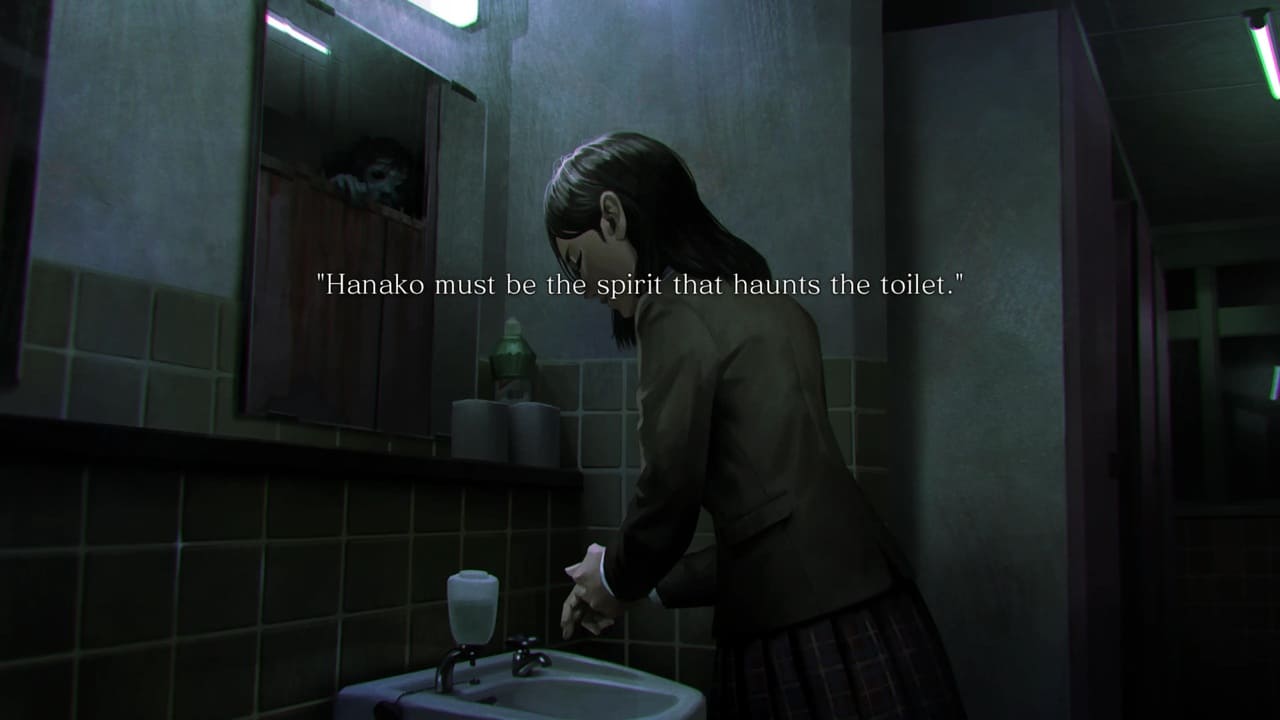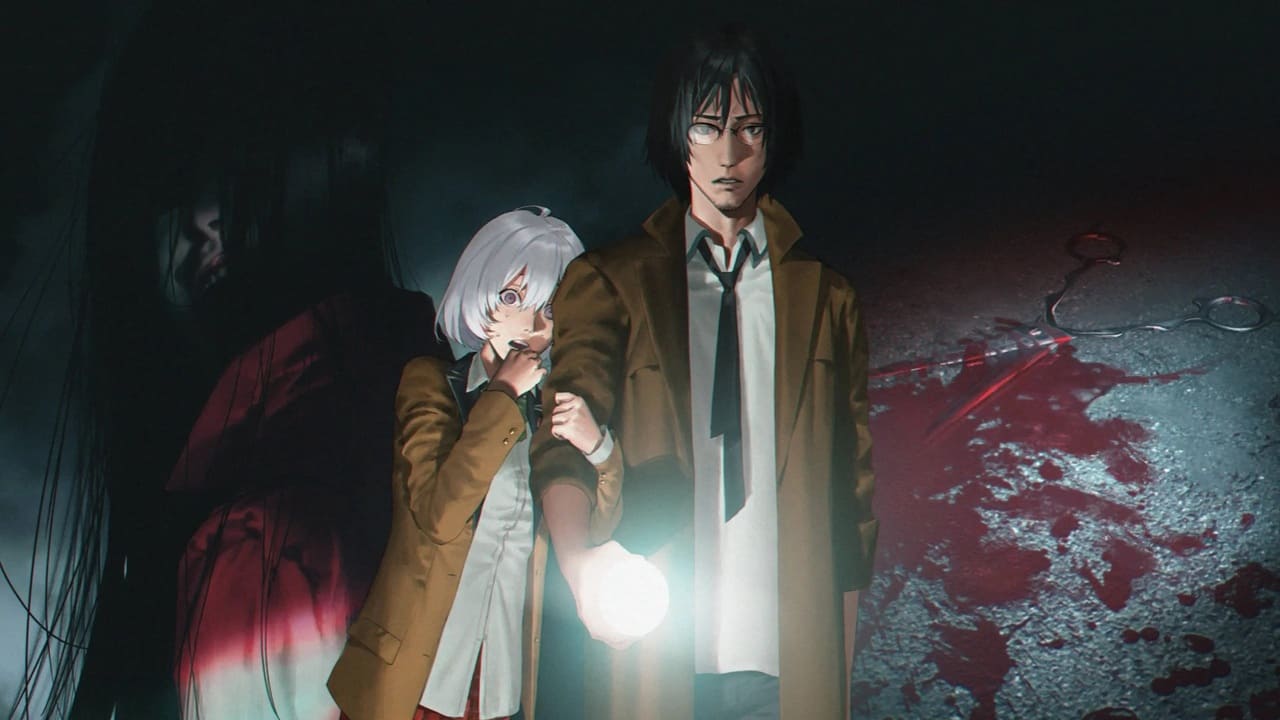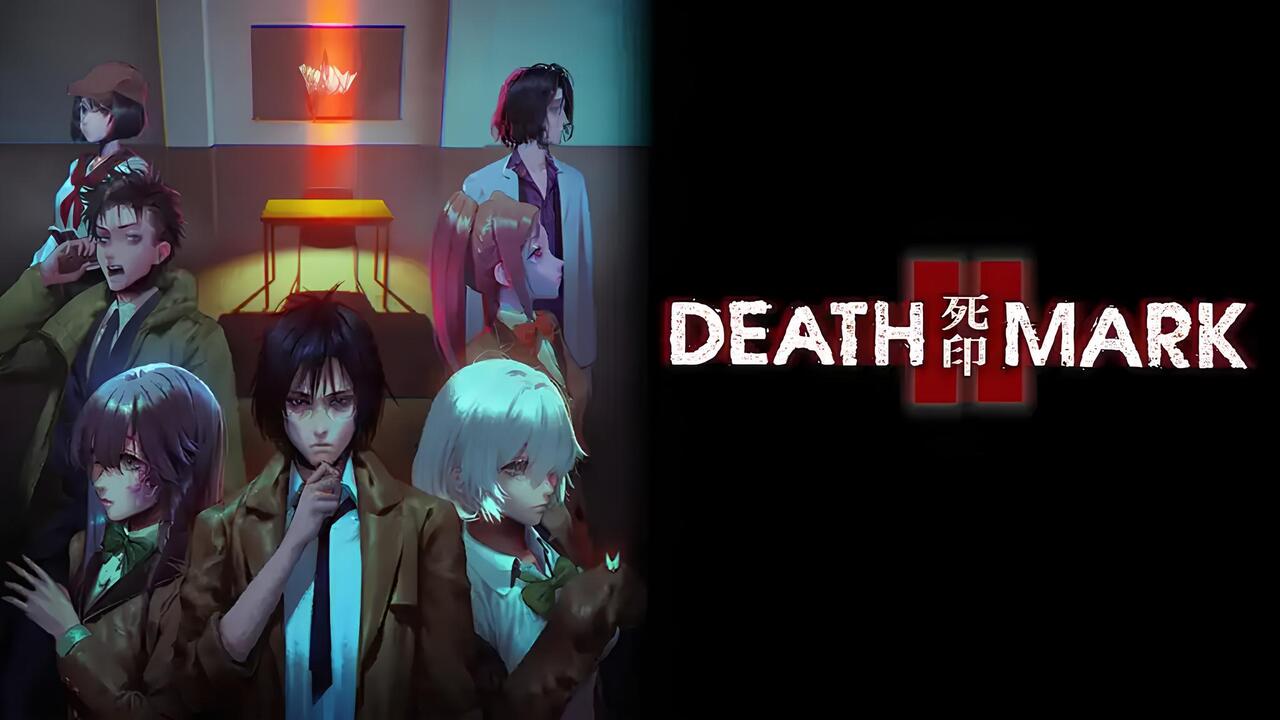Spirit Hunter: Death Mark II
Released: December 1, 2022 (JP), February 15, 2024 (WW)
Developer(s): Experience
Publisher(s): Experience (JP), Aksys Games (WW)
Platform(s):



100% Completed on PC.
HowLongToBeat Time: 17hours | My Clear Time: 28 hours 37mins (100% Clear)
Background
Spirit Hunter: Death Mark II, known in Japan as Shinigami: Shibito Magire, was announced by Experience Inc. as a Campfire crowdfunding campaign, marking the third installment in the Spirit Hunter series. The campaign, with a goal of 15 million yen, was announced on November 25th, 2019. Experience achieved their goal on December 29th, 2019, with 17 days still remaining, prompting them to raise their stretch goals to 30 million yen (Games Talk, 2019). The campaign concluded on January 15th, 2020, surpassing its initial goal with a total of 30,672,993 yen collected (204% of the target).
Shinigami: Shibito Magire was initially released on the PS4 and Nintendo Switch on December 1st, 2022. A global release followed, courtesy of Aksys Games, under the title Spirit Hunter: Death Mark II, on February 15th, 2024, for Nintendo Switch, PC, and PS5. Noteworthy staff members returning for Death Mark II include Motoya Ataka, Fumiya Sumio, Naoaki Jinbo, kera, and other veterans of the Spirit Hunter series. A departure from its predecessors, Shinigami: Shibito Magire received a CERO ‘Z’ rating in Japan, while previous entries garnered a ‘D’ rating (equivalent to an ‘M’ rating in the ESRB).

Experience
Before going into Spirit Hunter: Death Mark II, I had already completed the other Spirit Hunter games back in April 2011, becoming familiar with staff members like Motoya Ataka, Naoaki Jinbo, and Fumiya Sumio. Additionally, I had recently finished the first two Danganronpa titles out of interest, particularly to adapt to the perspective change featured in Death Mark II. I closely followed all the updates about Death Mark II, from the announcement of the Campfire campaign to its global release by Aksys. Despite preordering, I eagerly awaited its arrival, which happened shortly after its release.

Impressions
The 2D exploration in Spirit Hunter: Death Mark II pleasantly surprised me. While it felt unfamiliar at first, it quickly became second nature, offering a more seamless experience compared to the previous first-person style. However, this shift does come with a drawback—it sacrifices some of the immersive atmosphere of the previous POV perspective, which may disappoint fans of the series’ signature style.
Naoki Jinbo’s music in Death Mark II lives up to the high standards set by the series. Each track enhances the mood and tension of the game, contributing to its overall atmosphere.
The game’s production values are notably high, reflecting the ample funding it received from Campfire. Every character is meticulously designed, with unique clothing and fluid animations. The addition of more voiced dialogue adds depth to the characters and story, while the art direction elevates Death Mark II to new heights of visual excellence.
RPG mechanics make a welcome return, adding strategic depth to gameplay. However, players must carefully manage their HP, as actions come at a cost. Collectible eerie teeth serve as a clever way to enhance gameplay, providing opportunities for character upgrades and exploration.
The spirits encountered throughout the game, particularly Kashima and Kokkuri, are memorable and add layers of mystery to the storyline. Overall, Spirit Hunter: Death Mark II delivers an engaging and atmospheric experience that will captivate fans of the series and newcomers alike.

Verdict
The first-person perspective is missed for the exploration, but the efficiency of having the new perspective coupled with running makes it easier to get from point-to-point which enhances the moment-to-moment gameplay, as you’re able to keep the pacing of the story to how you choose to go through it. The CGs are very well done, and the last location in the game is the most unsettling one they’ve managed to make for the series next to the forest of the first Death Mark, and the last location for Spirit Hunter: NG.
The spirits for this I liked a lot, especially the Kashima and Kokkuri ones. The sound effects were creepy, and put you in a situation that was a good callback/nod to the first Death Mark. It is also important to note that Death Mark II has a good ending, bad ending, multiple possible death CGs, and a true ending.
TLDR
Rating: 9/10
In Summary: Spirit Hunter: Death Mark II offers an engaging and atmospheric experience, with its seamless 2D exploration, high production values, memorable spirits, and strategic RPG mechanics. However, the shift from the previous first-person perspective may sacrifice some of the immersive atmosphere, and there may be instances of repetition in gameplay. Overall, it delivers an immersive and memorable experience for fans of the series.
References
- Games Talk. (2019, December 30). Experience reports the success of crowdfunding for the psychic horror ADV “Shibito Magire (tentative)”! Aim for stretch goals in the remaining 17 days. Game’sTalk.net. https://gamestalk.net/post-138176/



Leave a Reply